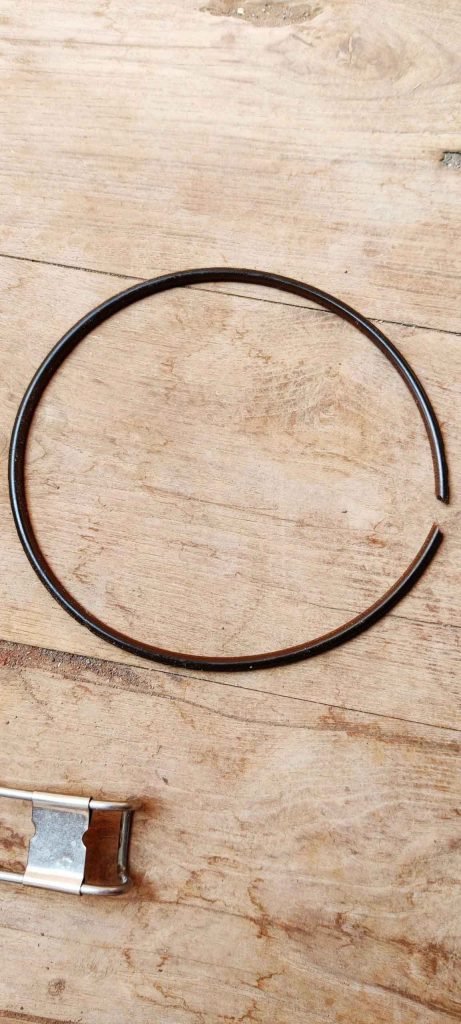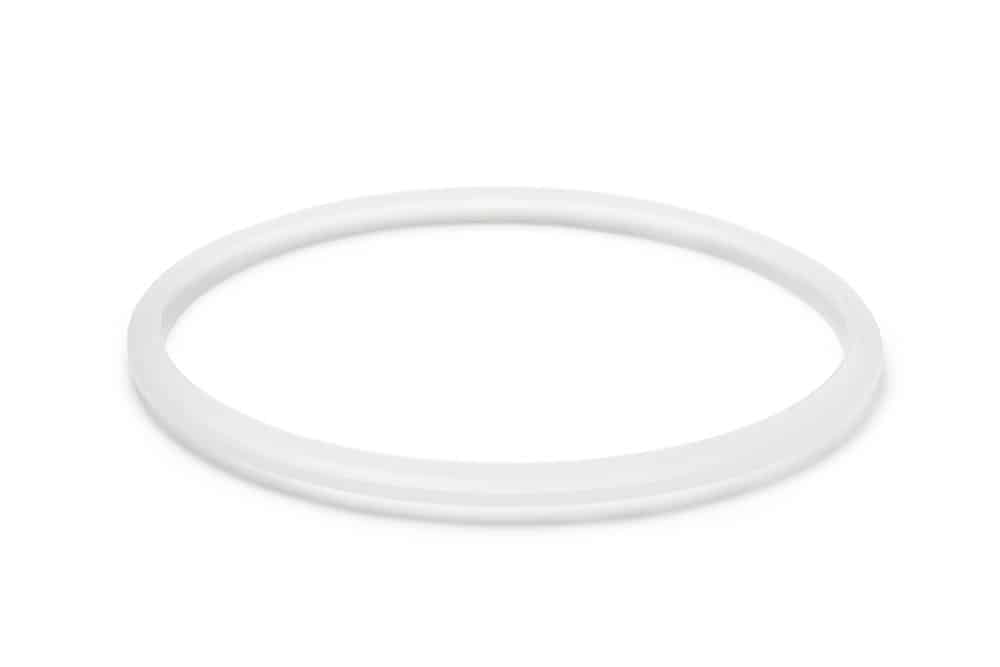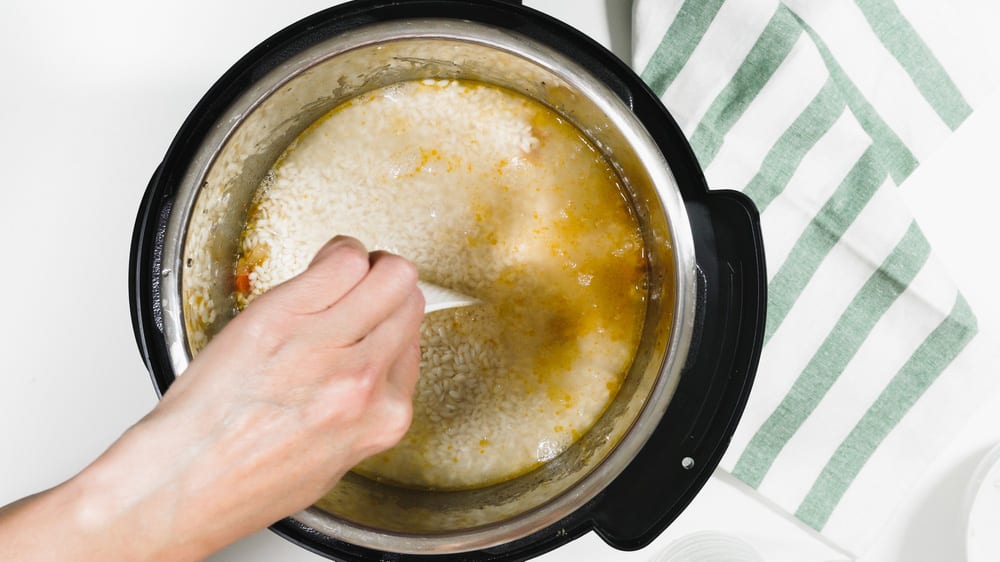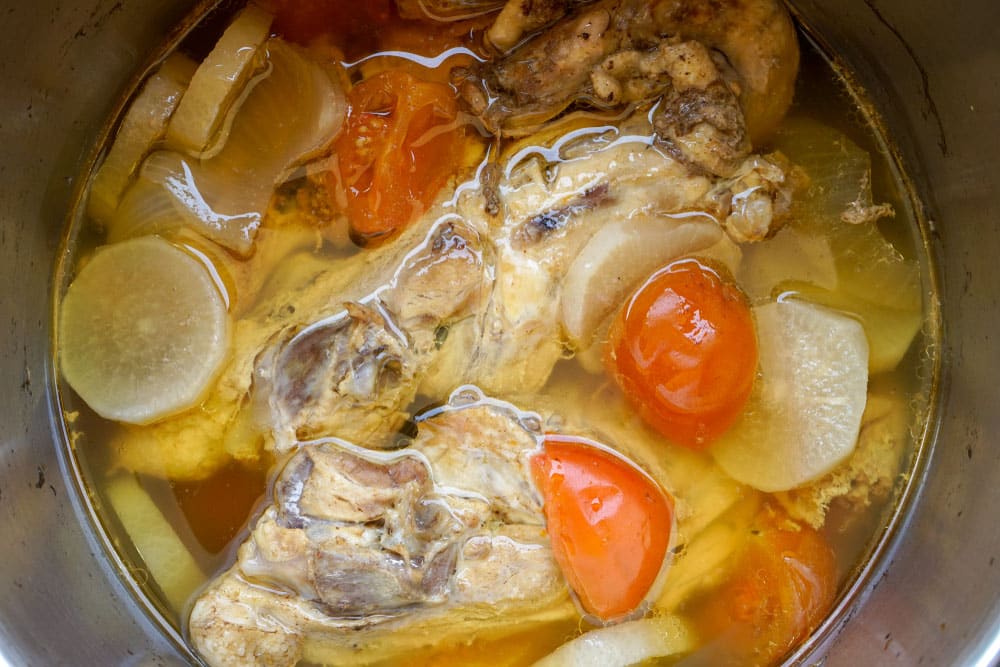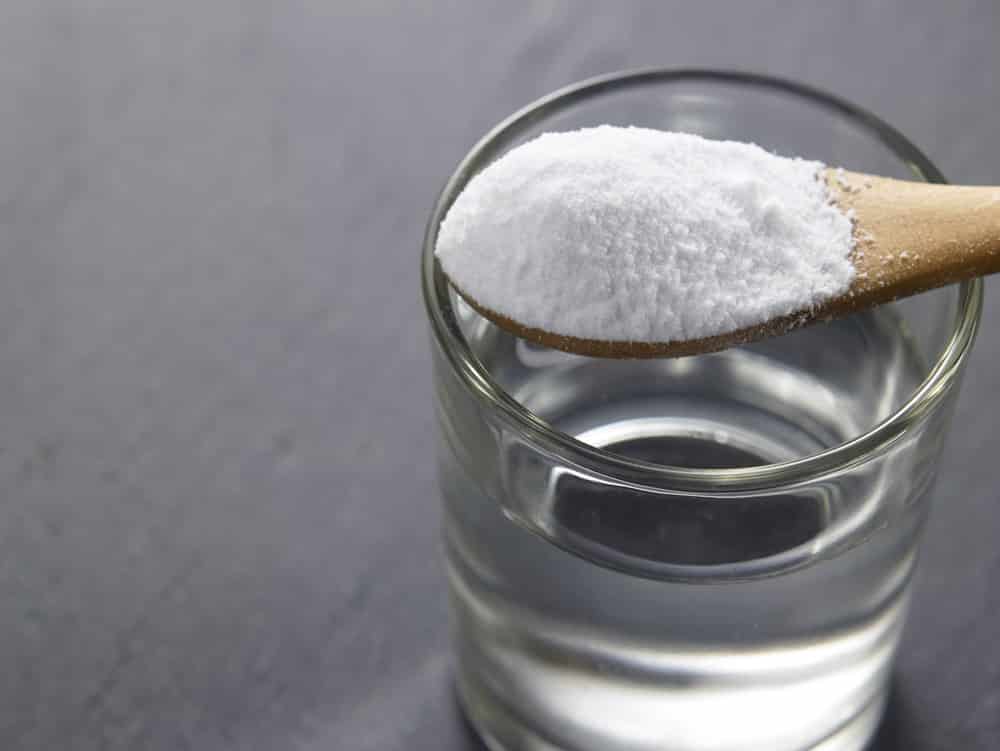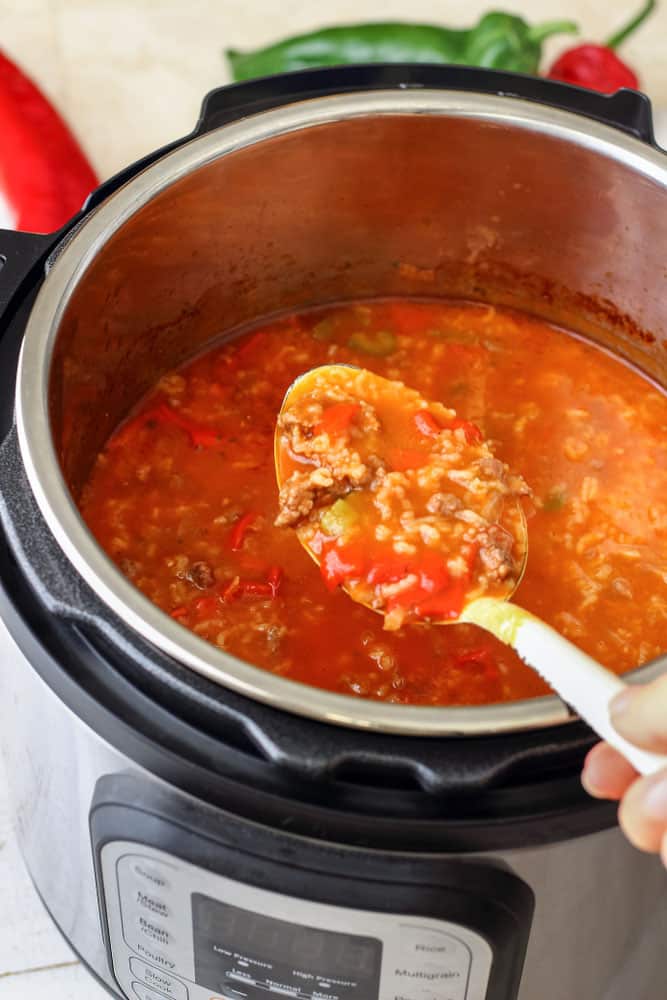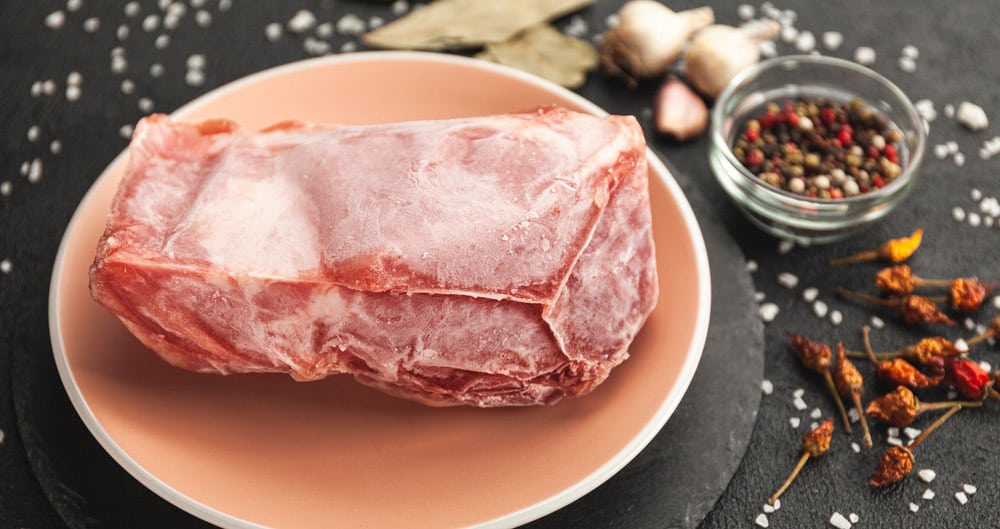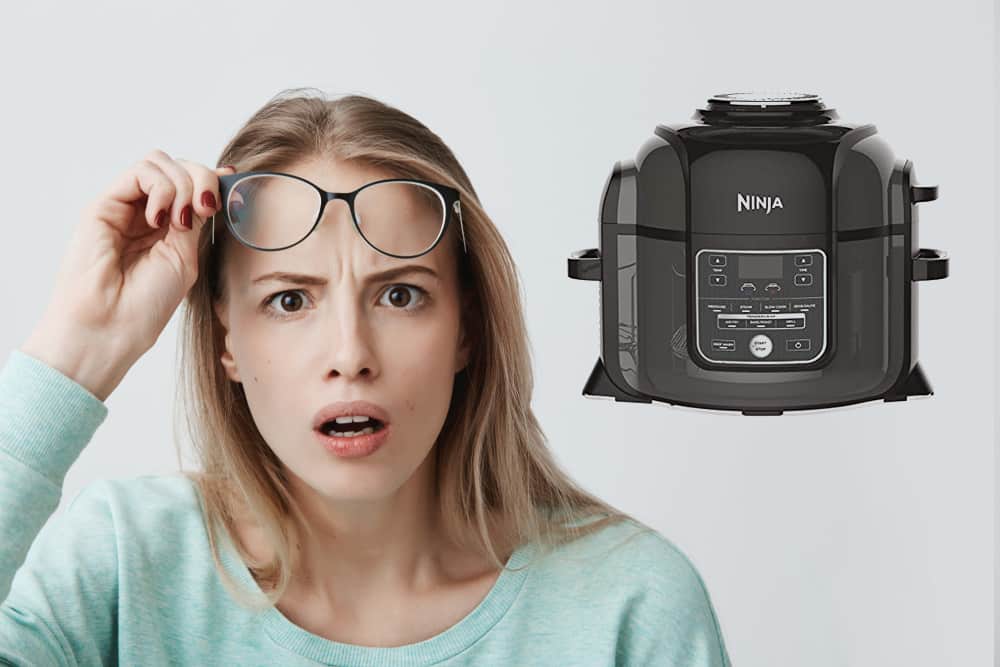
The availability of pressure cookers has significantly eased the cooking process today- all you need to do is simply put in the food and it will be quickly cooked by the steam.
And above all, pressure cookers thoroughly cook the food, so whether you’re making a rice dish or curries and stews, your meat and vegetables are guaranteed to be cooked efficiently. This is harnessed through pressure building.
Once you add sufficient liquid, it heats up, creating steam that can’t escape. This hot steam has a lot of pressure and is highly effective at cooking all sorts of recipes.
Of course, the quality and build of your pressure cooker play a major role in determining whether or not the dinner will turn out perfectly cooked and delicious. That’s why people opt for popular and trusted pressure cooker brands, like Ninja Foodi.
If you have been using the Ninja Foodi pressure cooker, it’s pretty guaranteed that your cooking experience will improve. However, even the best pressure cookers may come across frustrating issues.
Ninja Foodi Not Pressurizing
One such problem is lack of pressurizing- the cooker doesn’t build enough steam pressure to cook the food properly. This can ruin your recipes and needs to be fixed immediately.
So, let’s see the reasons why your cooker isn’t working efficiently, and how you can get the pressure cooker to get working again!
- Broken Seal
Pressure cookers are nothing without their seals – your cooker won’t operate until it’s sealed shut to make sure the steam doesn’t escape. So, if your pressure cooker is unable to develop pressure, the seals might not be affixed properly or worn out.
Start by cleaning the lid and seal, make sure there’s no food stuck that’s stopping the cooker from closing tightly. If there’s visible damage to the seal, then the best option is to remove the broken seal yourself and replace it with a new one.
That being said, always make sure that you are using silicone seals rather than the cheap rubber ones. In addition, insert the seals in the grooves of the lid, so they are properly settled and air doesn’t escape.
Also, if the seal is new and settled perfectly but you are still struggling with the pressure-building issue, Vaseline is your best friend. The application of Vaseline will create an extra seal, so the air cannot escape. Other than Vaseline, you can apply the silicone gel (food-grade).
- Low Liquid Content
When you are using the pressure cooker that doesn’t create the pressure needed to thoroughly cook food and you find meat, rice, and vegetables raw or hard, then there are high chances your food lacks enough water.
That’s right- dishes that have thick gravy don’t have ample liquid content to create pressure. This is primarily because water is needed to create steam, hence the pressure. Cookers can’t provide all the functions of a stove or baking oven.
So, when the liquid content is low, the steam is less, and the pressure building will be difficult. All in all, the liquid content must be sufficient. Also, if you add water from the top, never stir it. Let the water get still because it quickens up the pressure building.
Furthermore, you can use tons of liquids in the pressure cooker. If chicken broth or water doesn’t work with your heavy or thick saucy dish, then we advise you to try different options and experiment.
Soy sauce, Worcestershire sauce, beer, wine, thin marinades, citruses, thin juices, diluted tomato puree, etc are all viable options. However, make sure to follow the general rule of thumb, which is about 1 cup of extra liquid in the cooker.
Don’t overfill, or that’ll stop the operation too. It’s recommended to fill your pressure cooker two-thirds of the way. Don’t add more than a cup of water for pasta, rice, and other grains.
- Stuck Ingredients
Okay, so you were using the pressure cooker’s sauté and searing function with little oil? Sure, it gives the right flavor, but if the ingredients get stuck to the bottom of the pressure cooker, the pressure building will be impacted a great deal.
This is mainly because the adhered ingredients restrict the water or liquid circulation, hence poor steaming and pressurization. So, if you are suspecting that some ingredients are stuck to the bottom, just take off the lid and use the spatula to scrape off the plastered ingredients.
In addition, gently stir everything to make sure the bottom is only drowned in liquid. Can’t scrape off the stubborn burnt food that’s stuck to the bottom of your pressure cooker?
A pro tip is to mix 2 tbsp. baking soda with about 3 cups of water and add it to the pressure cooker (you can do this directly into the pot as well). Don’t fill more than half the cooker.
Start the cooker for around 5 minutes, then release the steam built (it will be less than usual, but it’ll still get the job done). Once the pressure is released and the seal can be opened, remove the lid and use warm water with dishwashing liquid or soap to clean the inner pot.
- Unadjusted Release Knob
So, you have done everything right, the seals are properly settled, there is enough water, and no ingredients are stuck to the bottom but the pressure is still not building. Well, the chances are that the pressure release knob is not working as it should be.
So, if you are using the Ninja Foodi electric pressure cooker, make sure that the pressure release knob is set at the sealing position.
In case the pressure cooker is old and the release knob is broken and won’t adjust (or keeps bouncing back), just replace the release knob with a new one. It’s a relatively cheap fix for your cooker.
- Low Heat Setting
Previously, we mentioned how using searing techniques or high heat can cause food to get stuck at the bottom of the cooker pan and how that stops steam from building up. But only using high heat isn’t detrimental- using low heat from the get-go can ruin your food too.
Most people prefer using the high heat setting first, then turning it low afterward. Water has a high heat capacity, more than most liquids. High heat capacity means that it needs to absorb a lot of heat to raise the temperature.
Raising the temperature to 212 degrees Fahrenheit or 100 degrees Celsius is necessary for water to boil, which creates the steam needed to cook. If you use low heat settings, the temperature won’t rise, water won’t boil into steam, and no pressure will build.
Moreover, using low heat constantly can also evaporate all the water present before it becomes steam, drying out your dish and leaving it uncooked. Be sure to check the PSI your recipe calls for. 15 PSI is normally good for heating till boiling point.
- Using Frozen Meats
Using frozen meats, including large pieces and poultry can be an obstacle for the cooker trying to build pressure. Meats are thicker and denser, so frozen options don’t cook all the way through. It also poses a health risk- you should never eat meat from the cooker that’s raw in the center.
In the best-case scenario, using frozen meat will extend the cooking time by one-third and make the meat a little soggy. It won’t taste as good as fresh or thawed meat. On the other hand, at its worst, the cooker will totally fail to build any pressure, which is a recipe for disaster.
To avoid this, the best option is to thaw your meats– a 1-pound package takes around an hour to thaw. You leave the meat in lukewarm water to thaw as well. Remember that this only extends to meat- adding frozen veggies to your cooker is totally ok for the most part.
